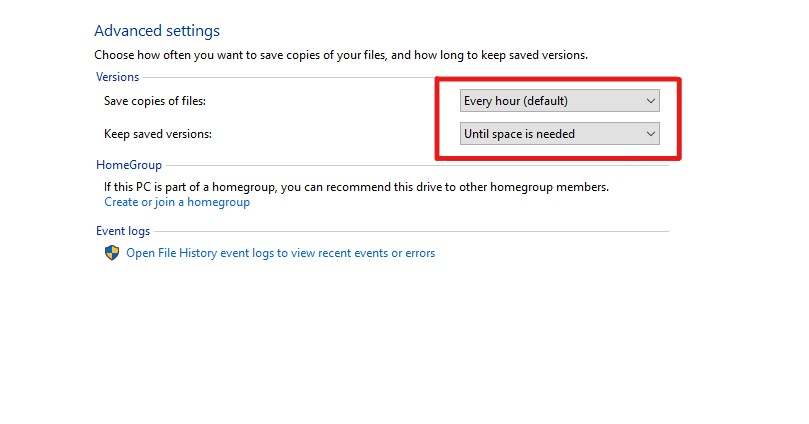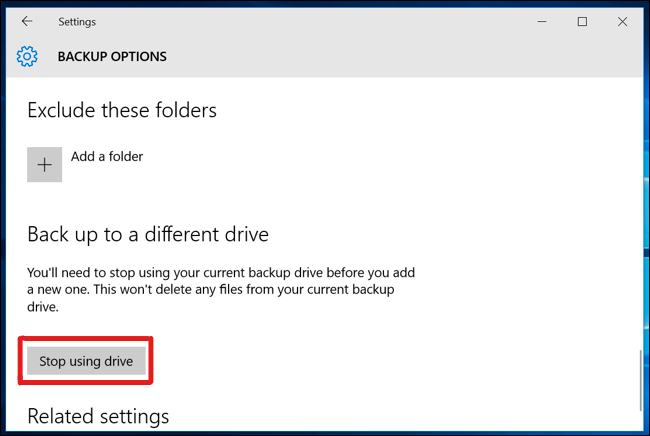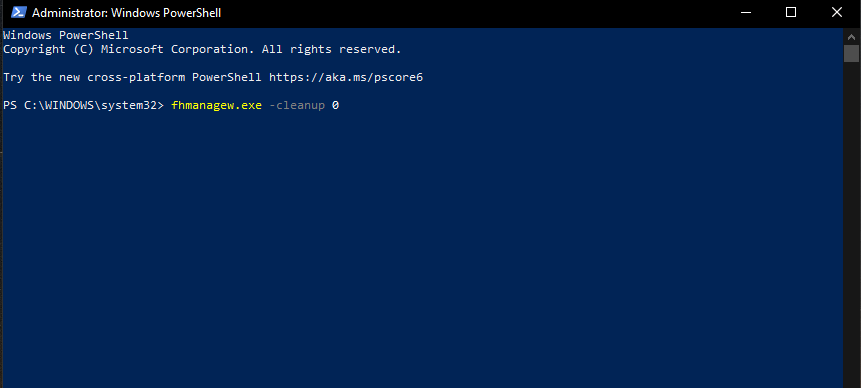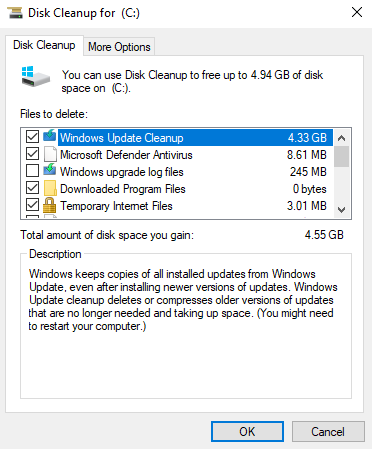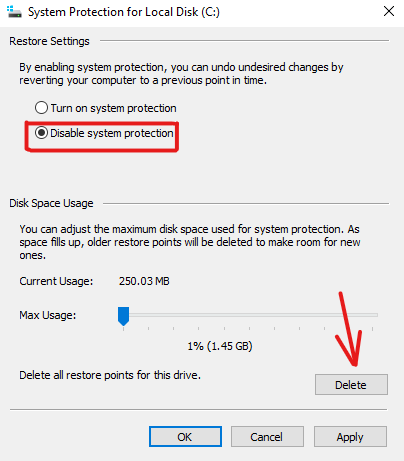Delete Backup files on Windows 10 – Windows as an operating system have grown leaps and bounds since the launch of Windows 7. Although, few aspects of the operating system haven’t quite changed and still rely on the same procedure. Certainly, we cannot discuss them all in one go. In this article, we will discuss how to delete backup files in Windows 10.
Surely, every Windows user updates their system with consecutive OTA firmware released by Microsoft. After updating the firmware, if you face any troubles or mishaps in the updated builds. Windows creates a backup of the previous version to restore the OS.
However, there’s a price for everything, and for backup files on Windows 10, it’s your storage. The backup files will pile up and eventually fill up your storage. What if we show you there are few ways for freeing up your storage? You can delete backup files on your system that are unused.
Furthermore, the freed-up storage can help you store more of your important files. You can delete backup files of Windows 10 from your storage for this main reason. So, without any delay let’s jump right into the main course.
Deleting Backup Files on Windows (2021)
Method 1: Delete Backup Files on Windows 10
The latest Windows operating system has come a long way and has provided the users with a built-in file backup tool right within the backup settings. The tool creates a system restore point on the PC which allows it to back up the build in regular intervals. Sadly, there’s no direct delete backup files button on Windows.
You can delete these files from Windows File History backups that manage the backups of Windows 10. The first and foremost action in deleting backup files on Windows is by getting started with; delete backup files from the Windows File History.
- Open Start and search for the Control Panel > System and Security options
- Now, click on the File History > Advanced Settings.
- In the Advanced Settings menu, you can change the frequency of when the backup files are created in the Saved copy of files.
- Right below that, you can even change the deletion period of the backup file stored on your system.
- Change the Keep saved versions > Until space is needed or delete backups every month for deleting the unused backups more occasionally and free up space.
Method 2: Stop saving Backup Files from the Windows File Manager
Windows File Manager stores your backup files on an external drive or in an internal drive of your computer. You have changed the Backup routine and controlled the deletion time of backup in the above guide. Now, you can permanently stop saving the backup files of Windows 10 by choosing to stop using the drive option.
- Go to Start and head over to the Settings page
- Now, go to Update and Security > Backup option
- Scroll down and see for the Back up to a different drive section
- Click on Stop Using the Drive to permanently ending the backup files on storage.
Method 3: Delete Backup Files on Windows 10 using Powershell
Even though you have made all the arrangements for your backup files for avoiding the storing process. There is a chance that the previous builds are still present on your system as a backup. These files end up using more storage eventually leading to low storage on your system. You can overcome these types of scenarios by using Powershell for deleting the backup files.
- Right, click on the Start icon and you see a drop-down list.
- Select the PowerShell (Admin) option, which gives you more authority.
- Now, in the PowerShell window, type in the fhmanagew.exe -cleanup 0 commands.
The command will remove the previous or any other builds that Windows has created before updating the OS. The command removes the total amount of backup but keeps the very recently saved build which may help you for recovery in emergencies on Windows.
Method 4: Removing the Windows. Old folder using Disk Cleanup
The above methods should suffice your needs with deleting and managing the backup files on your system. If you had issues with the above methods, you can try using the in-built Disk Cleanup tool to delete backup files on Windows. This tool will allow you to see the exact used storage space of the backup and delete the files in a single click.
- Open Start and Search for Disk Cleanup tool or Use Run and open “cleanmgr”
- On the Disk Cleanup window, click on the Clean up system files option
- In the Files to Delete section, select the Windows Update Cleanup
- Then click on OK and the previous Windows version backups are deleted.
There’s more, you can even delete temporary files using the same tools by selecting the temporary files, cache, and other items in the Disk Cleanup.
Method 5: Removing the Windows System Restore Points on Windows 10
You have made all the efforts by deleting and managing the backup files on your Windows system. There is an even better method for saving space when future updates take place and the backup business of Windows turns up again.
- Go to Start and Open Run and run the systempropertiesprotection program to open System Properties.
- On the System Properties Window, select the Configure option at the bottom.
- You can select Disable System Protection where Windows stops saving old Windows files further.
- You can even delete the Previous Windows files by clicking on the Delete button.
The Windows System Restore point makes a full copy of your system if any major update occurs with your system. Disabling the System Restore Points will help you save storage space. You can avoid the delete backup files method totally after making the changes.
Removing Old Backups on Windows 10 Saves your Storage Space!
There you go, all your questions answered on how and why you should delete backup files on your Windows 10. Apart from backup files on your C: Drive, try clearing out your most unused applications from the programs list. Backups are always important in dire situations like faulty Windows updates and other reasonable reasons. Delete Backup files on your Windows operating system cautiously and carefully.
Cleaning up your old backup files and leaving out your recent backup builds is a better option. Tell us the method that worked for you and leave a comment down if you know an even better way for getting rid of old backup files on Windows.
YOU MIGHT ALSO LIKE:
